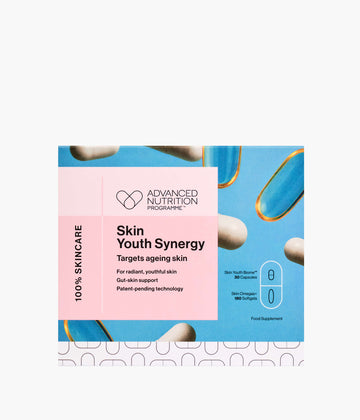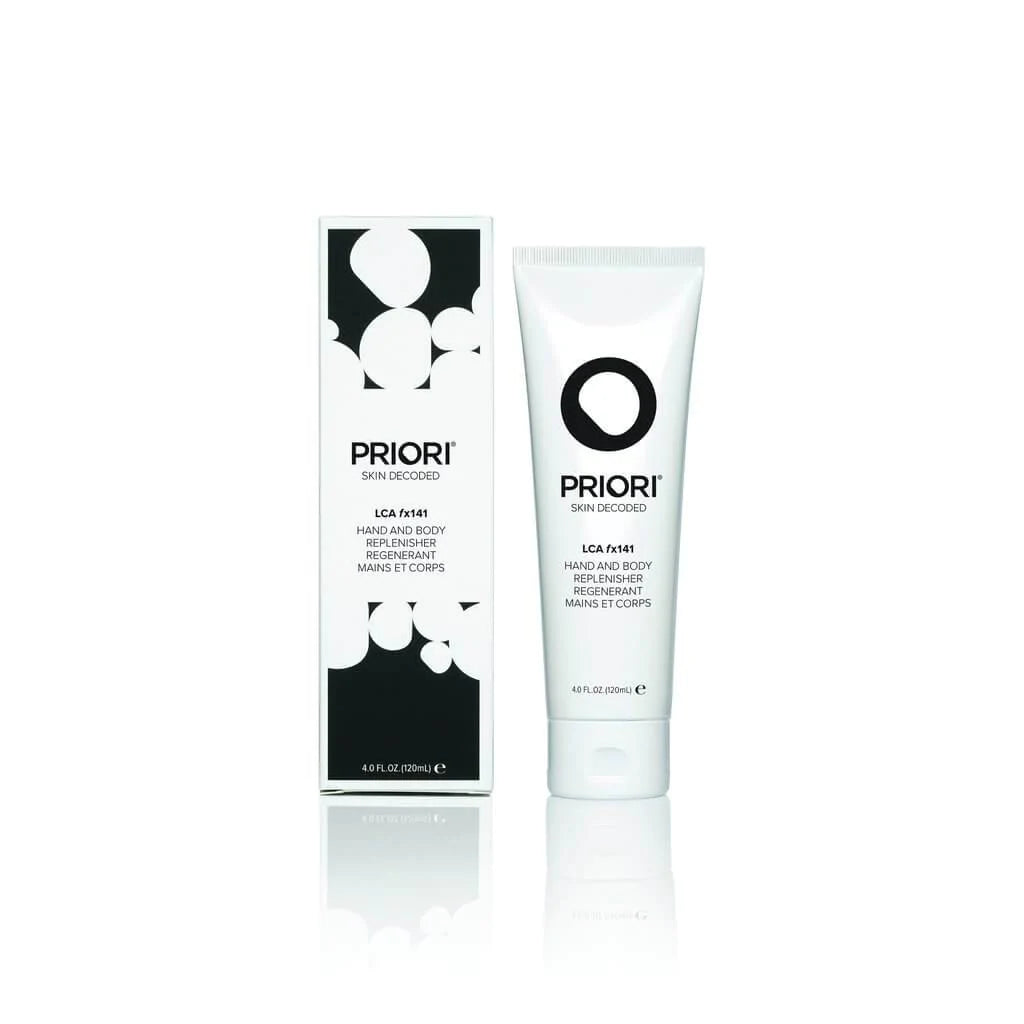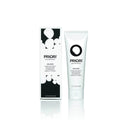Priori
Priori is a professional skincare brand known for its Adaptive Skincare™ technology. Each formula is designed to sense and respond to individual skin conditions, delivering the right level of actives when and where they’re needed most. This approach helps address ageing, pigmentation, sensitivity and environmental stress all at once.
The range includes serums, creams and treatment pads featuring cutting-edge ingredients such as AHA, retinol, antioxidants and DNA repair enzymes. By combining multiple actives in synergistic complexes, Priori maximises efficacy while simplifying routines.
Trusted by professionals worldwide, Priori empowers consumers to enjoy personalised, high-performance skincare without complicated regimens. Its forward-thinking formulas help futureproof the skin against daily stressors and long-term ageing.


















